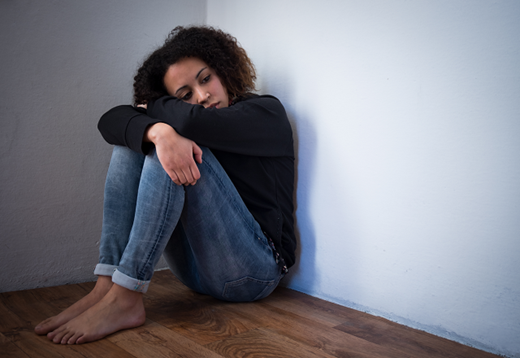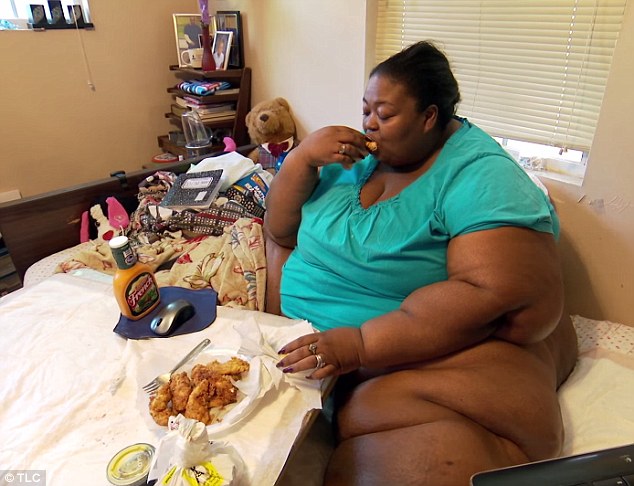
Bipolar disorder, formerly called manic depression, is a mental health condition that causes extreme mood swings that include emotional highs (mania or hypomania) and lows (depression).
Bipolar disorder can be a life-long mental health problem that mainly affects your mood. It affects how you feel and your mood can change massively.
Bipolar disorder occurs with similar frequency in men and women.
Research however suggests that in women, hormones may play a role in the development and severity of bipolar disorder.
Bipolar I disorder
Bipolar I diagnosis involves at least one manic or mixed episode lasting at least one week or that causes hospitalization. The episode may have come before or after a hypomanic or depressive episode. However, you can have bipolar I without having a depressive episode. Men and women develop bipolar I disorder in equal numbersTrusted Source.
Bipolar II disorder
Diagnosis of bipolar II disorder involves a current or past major depressive episode lasting for at least two weeks. The person must also have had a current or past episode of hypomania. Women may be more likelyTrusted Source than men to develop bipolar II disorder.
Cyclothymic disorder
People with cyclothymic disorder may experience ongoing bipolar symptoms that don’t meet the full criteria for a bipolar I or bipolar II diagnosis. Cyclothymic disorder is considered a less severe form of bipolar disorder. It involves the frequent recurrence of hypomanic and depressive symptoms that never become severe enough to be diagnosed as having bipolar II disorder. These symptoms generally persist for a two-year period.
Symptoms of bipolar disorder
It’s important to understand the basic characteristics of bipolar disorder. This can help you better understand how bipolar disorder affects women. The key symptoms include:
- mania
- hypomania
- depression
- mixed mania
Mania
Mania is a state of elevated mood. During manic episodes, you may feel very high-spirited, energetic, and creative. You may also feel irritable. You may engage in high-risk behaviors, such as substance abuse or increased sexual activity. You may spend money foolishly, make bad investments with your money, or behave in other reckless ways.
Manic episodes can last for a week or longer. If you experience either visual or auditory hallucinations or delusions, these are referred to as “psychotic features.”
Hypomania
Hypomania is a less severe form of mania. During hypomanic episodes, you may feel elevated moods similar to those that occur with mania. These elevated moods are less intense than manic moods, though, and have less impact on your ability to function. Women are more likely to develop hypomania than men.
Depression
Depression is a state of extremely low mood. During depressive episodes, you may feel intense sadness with a significant loss of energy. These episodes last at least two weeks. Because of this, depressive episodes can cause severe impairment. Women are more likely to experience depressive symptoms than men.
Mixed mania
In addition to separate manic and depressive episodes, people with bipolar disorder may also experience mixed mania. This is also known as a mixed episode. With a mixed episode, you may experience both manic and depressive symptoms daily for a week or longer. Women are more likely to experience mixed episodes than men.
What causes bipolar disorder?
The cause of bipolar disorder is not clear. Research suggests that a combination of different things can make it more likely that you will develop bipolar disorder.
Genetic factors
You are 5 times more likely to develop bipolar disorder if someone in your immediate family, like a parent, brother or sister, has bipolar disorder. This risk is higher if both of your parents have the condition or if your twin has the condition.
Researchers have not found the exact genes that cause bipolar disorder. But different genes have been linked to the development of bipolar disorder.
Brain chemical imbalance
Different chemicals in your brain affect your mood and behaviour. Too much or too little of these chemicals could make you develop mania or depression.
Environmental factors
Stressful life events can trigger symptoms of bipolar disorder. Such as childhood abuse and the loss of a loved one. They can increase your chances of developing depressive episodes.
Getting treatment for bipolar disorder
There is no known cure for biploar disorder.
Despite the mood extremes, people with bipolar disorder often don’t recognize how much their emotional instability disrupts their lives and the lives of their loved ones and don’t get the treatment they need.
And if you’re like some people with bipolar disorder, you may enjoy the feelings of euphoria and cycles of being more productive. However, this euphoria is always followed by an emotional crash that can leave you depressed, worn out — and perhaps in financial, legal or relationship trouble.
If you have any symptoms of depression or mania, see your doctor or mental health professional. Bipolar disorder doesn’t get better on its own. Getting treatment from a mental health professional with experience in bipolar disorder can help you get your symptoms under control.

















Leave a Reply